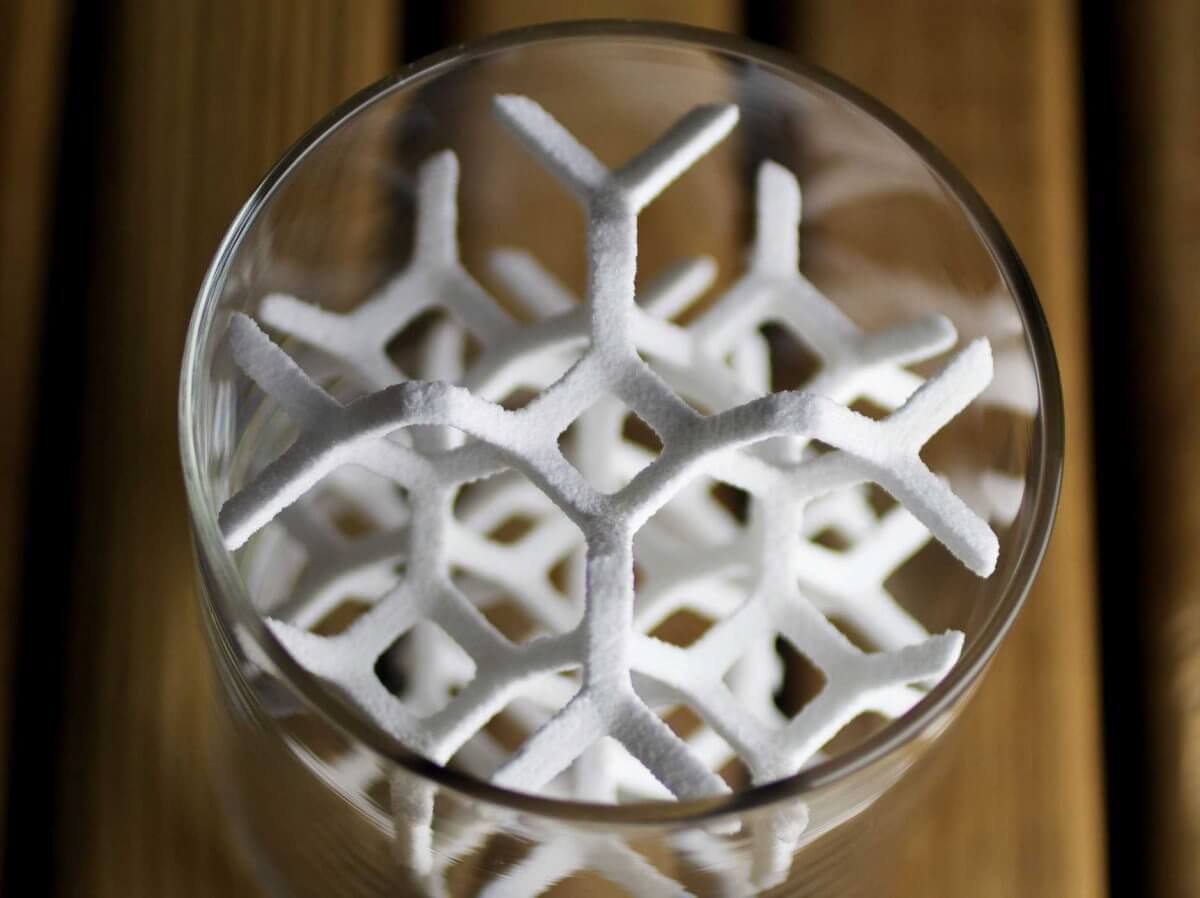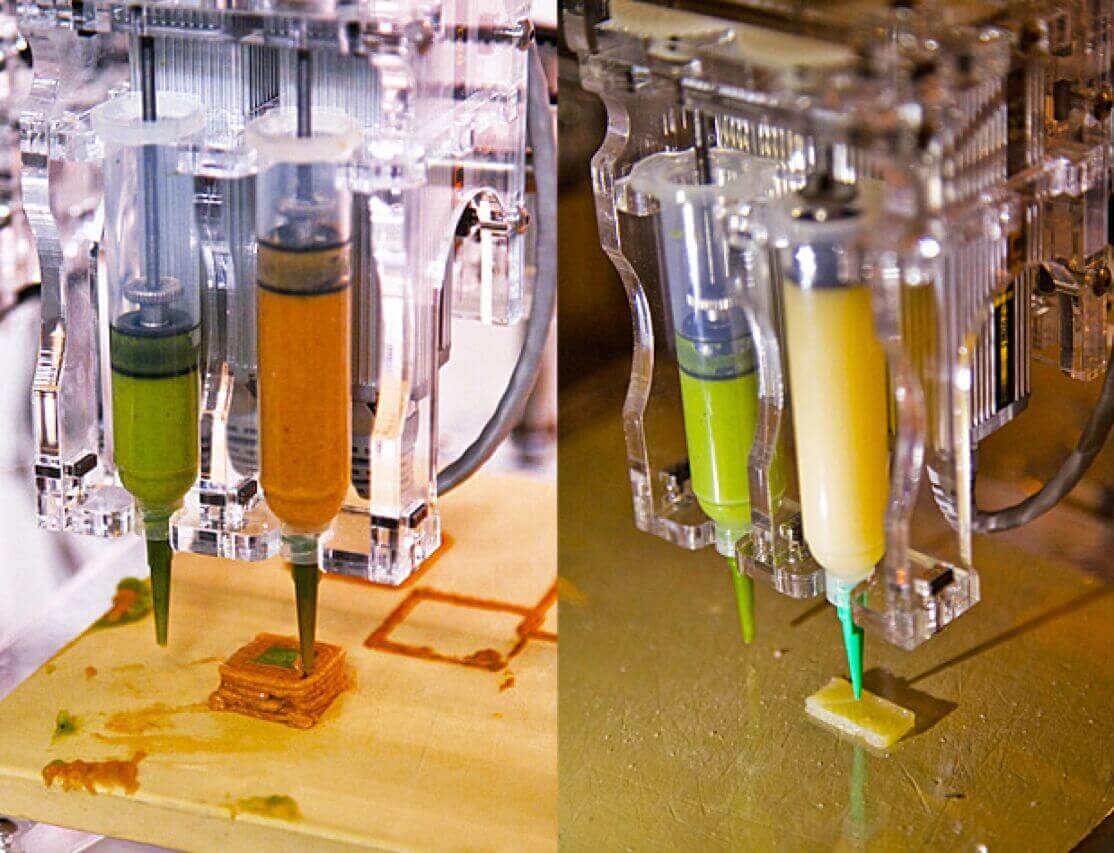3d printed food is on everyone’s lips, pardon the pun. But a survey shows that less than one in four would eat 3D printed food. Is it the fear of the unknown, or what exactly is the problem?

Nowadays, 3D printing is everywhere. NASA is not only sending 3D printers to space to print spare parts on demand, but also investigating if and how 3D printed food would help feeding astronauts. While astronauts have no other choice than to eat what is available in their spacecraft, down on earth, we usually have a wide variety of food to choose from. No matter whether you fancy organic steaks from free-running woolly pigs that get fed according to the lunar calendar or whether you prefer frozen pizza with artificial chesse – you are free to explore all possibilities.
But would you eat 3D printed food?

The Chubb Group, providing protection insurance as one of the biggest insurance companies worldwide, asked exactly that in its Consumer Perceptions of Business Risk survey this year. The survey was done in March 2015 by Opinion Research Corporation, an independent public opinion and market research firm, so the result should be fairly representative.
It turns out, if you knew a piece of food in your meal comes out of a 3D printer, the odds are you wouldn’t enjoy your meal anymore. Only 23% of those polled would savour 3D printed food. On the other hand, respondents were much more receptive of the idea of using other 3D printed objects like for example prosthetics (77%) or clothing (64%).
But why is 3D printed food overstepping the bounds of good taste in the majority opinion?
“Consumers also are embracing many of the products and services being developed through new technologies, but they clearly are concerned about how companies are managing the emerging risks of such innovation,” says Steven Hernandez, a worldwide manager for the Chubb Group.

60% of those polled had major concerns about the safety of 3D materials and the final 3D printed products. Concerns that are even bigger when it comes to something our body will ingest, something that could affect our health in unknown ways. This is comparable to the reservations people have against genetically modified food and anything GMO-related. A few holdouts stay completely unconvinced that 3D printing is useful in any way, as some 8% said they would never use 3D printed products at all.
Is the choice really ours?
At the moment, 3D printed food products are highly experimental, some magical and some of them are just for fun. The limiting factors when 3D printing food are speed and the limited choice of materials available. Food printers on the market are printing with chocolate, sugar, dough or some purees and mush, but more complicated proteine structures like artificial meat are still a pie in the sky.
As soon as 3D printing food becomes suitable for mass production with lower costs than other forms of manufacturing, the food industry will jump on the 3D printing bandwagon. The truth is: We do not care as much about how our food is produced as we pretend. Most people accept the fact that cruel factory farming is necessary to fulfill our need for cheap meat products. I bet we will accept some substance coming out of a 3D printer nozzle, no matter what it consists of. If it looks and tastes like meat, but is made of plants, it could be even healthier, more sustainable and ethical and even cheaper than what we usually eat today.
License: The text of "3D Printed Food: Will we really eat it?" by All3DP is licensed under a Creative Commons Attribution 4.0 International License.